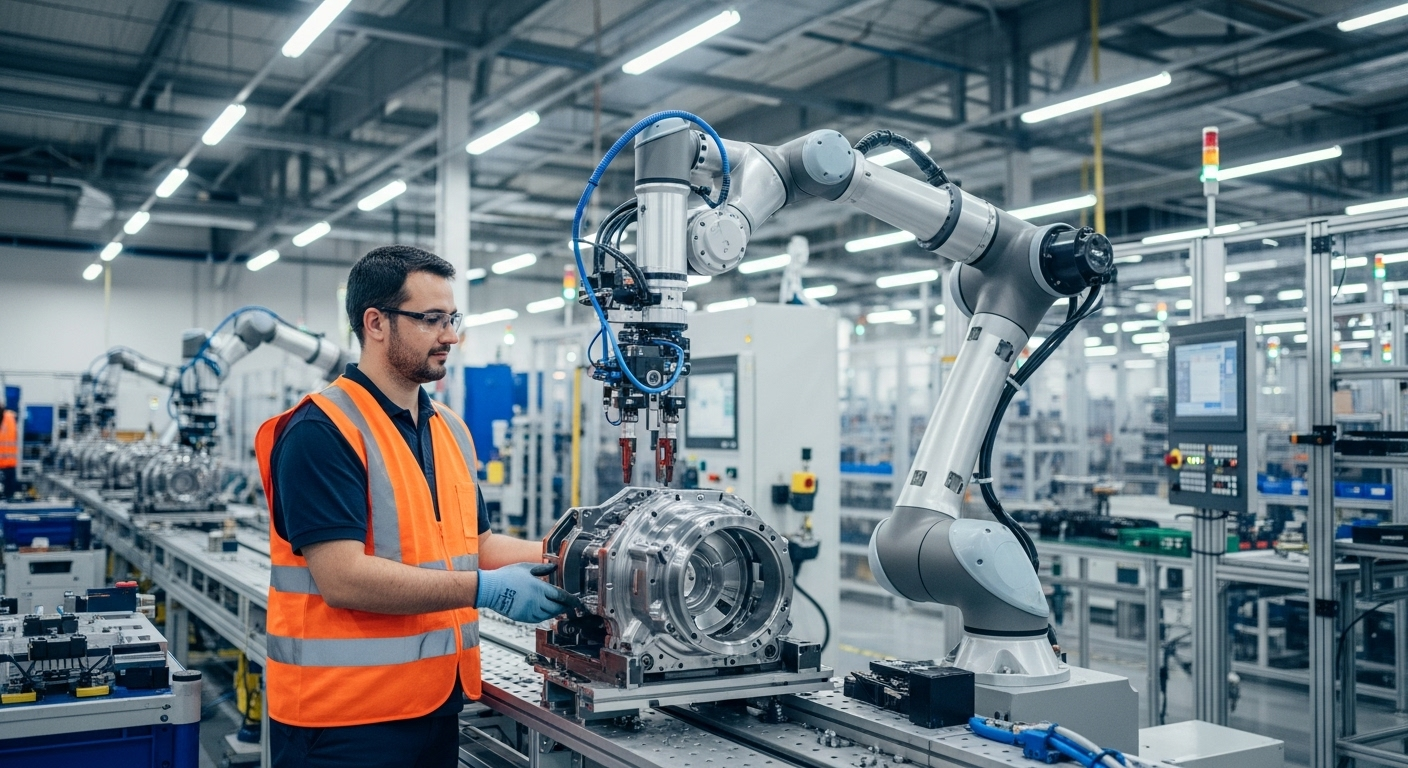Holographic Opera: The Future of Immersive Performance
In the ever-evolving landscape of performing arts, holographic opera emerges as a groundbreaking fusion of traditional art forms and cutting-edge technology. This innovative approach to operatic performance challenges conventional staging methods, offering audiences a truly immersive experience that blurs the lines between reality and illusion. As holographic technology continues to advance, opera companies worldwide are exploring its potential to revolutionize the way we experience this centuries-old art form, creating productions that are both visually stunning and sonically captivating.

Technological Breakthroughs
Recent advancements in holographic projection have overcome many of these initial hurdles. High-resolution laser projectors, coupled with sophisticated motion capture systems, now allow for the creation of lifelike, three-dimensional performers that can interact seamlessly with physical sets and live singers. These holographic figures possess an unprecedented level of detail, from the subtle expressions on a singer’s face to the intricate patterns on their costumes.
Reimagining Classic Works
One of the most exciting aspects of holographic opera is its ability to breathe new life into classic works. Productions of Mozart’s The Magic Flute and Wagner’s Ring Cycle have been particularly successful in utilizing this technology, creating fantastical landscapes and supernatural beings that were previously impossible to realize on stage. These holographic elements allow directors to fully embrace the magical and mythical aspects of these operas, transporting audiences to truly otherworldly realms.
Challenges and Controversies
Despite its potential, holographic opera has not been without its critics. Traditionalists argue that the technology detracts from the raw power of live vocal performance, while others express concerns about the potential for holographic technology to replace live performers entirely. There are also technical challenges to overcome, such as ensuring perfect synchronization between holographic elements and live singers, and addressing the limitations of current projection systems in larger venues.
The Future of Holographic Opera
As technology continues to advance, the possibilities for holographic opera seem limitless. Some companies are experimenting with interactive holographic elements that respond to audience reactions, while others are exploring the potential for remote performances, where singers could appear as holograms in multiple venues simultaneously. The integration of artificial intelligence could even lead to the creation of entirely virtual opera productions, pushing the boundaries of what we consider performance art.
Educational and Accessibility Implications
Holographic opera also presents exciting opportunities for education and accessibility. Virtual opera houses could bring world-class performances to remote areas, while interactive holographic exhibits could allow students to explore the history and techniques of opera in unprecedented detail. For those with mobility issues or sensory impairments, customizable holographic experiences could make opera more accessible than ever before.
Economic Considerations
The financial implications of holographic opera are significant. While the initial investment in technology can be substantial, the potential for reduced production costs in the long term is considerable. Virtual sets and costumes can be reused and modified with ease, and the ability to stage performances in multiple locations simultaneously could open up new revenue streams for opera companies.
Artistic Possibilities and Creative Freedom
For composers and librettists, holographic technology opens up new avenues for creative expression. Works can now be conceived with the full potential of holographic staging in mind, allowing for narratives and visual elements that were previously impossible to realize. This fusion of traditional operatic elements with cutting-edge technology is giving rise to entirely new forms of storytelling within the medium.
Global Collaborations and Cultural Exchange
Holographic opera has the potential to foster unprecedented levels of global collaboration in the performing arts. Singers, musicians, and creative teams from different parts of the world can now work together in virtual spaces, bringing diverse cultural perspectives to productions. This technology could play a crucial role in preserving and showcasing operatic traditions from around the world, making them accessible to global audiences.
In conclusion, holographic opera represents a bold step into the future of performing arts. While it faces challenges and skepticism, its potential to transform the operatic experience is undeniable. As technology continues to evolve and artists push the boundaries of creativity, holographic opera stands poised to redefine our understanding of what is possible on the operatic stage, ushering in a new era of immersive, boundary-pushing performances that honor the rich traditions of the past while embracing the limitless possibilities of the future.




